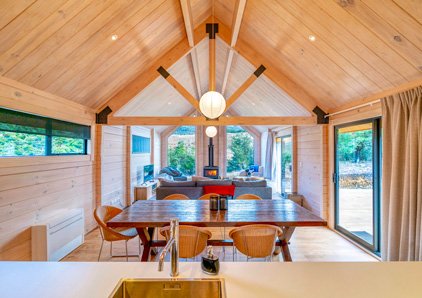

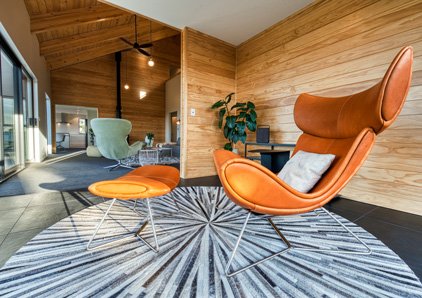
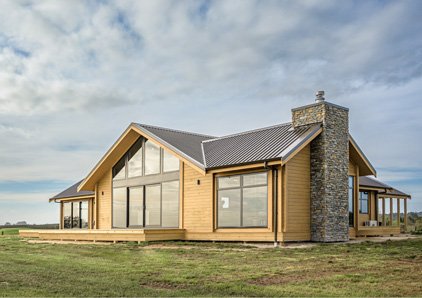
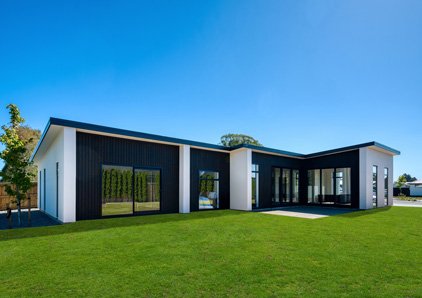

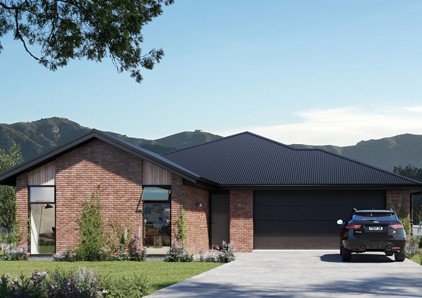
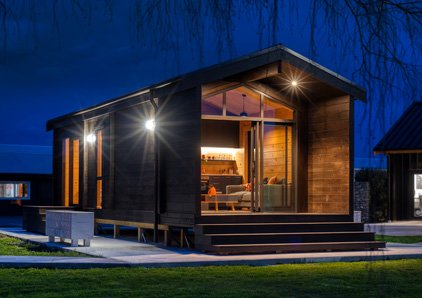
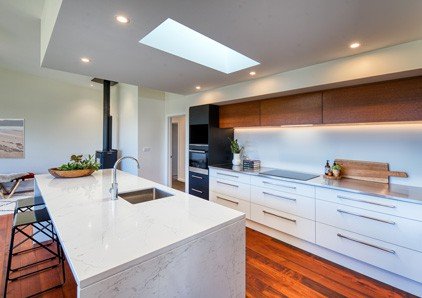
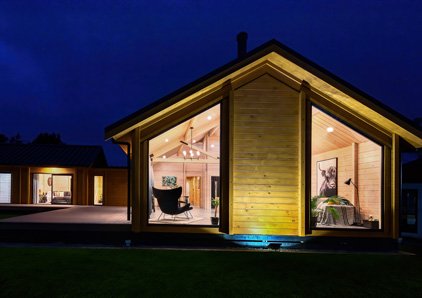

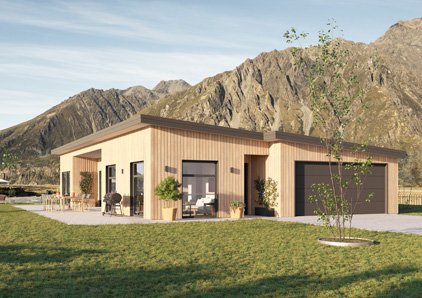

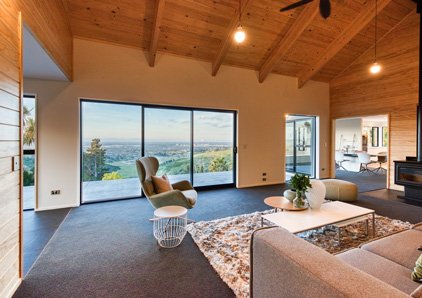
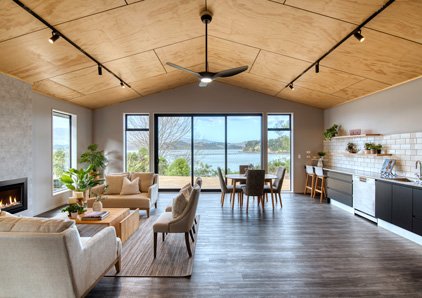
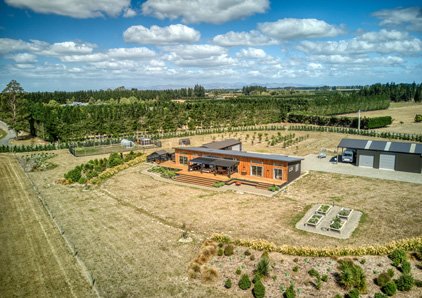
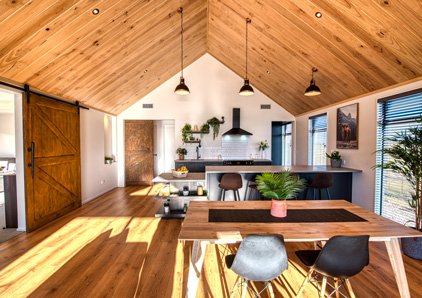

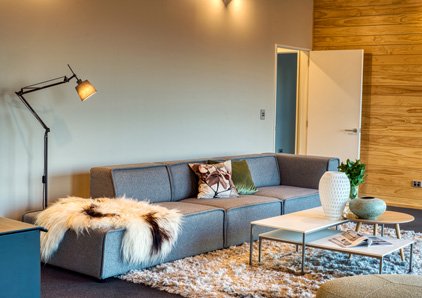
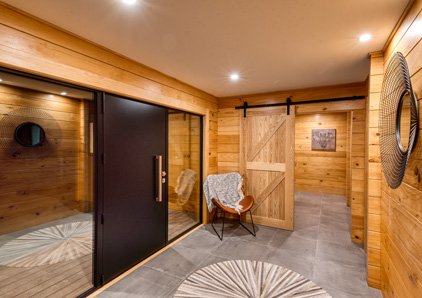


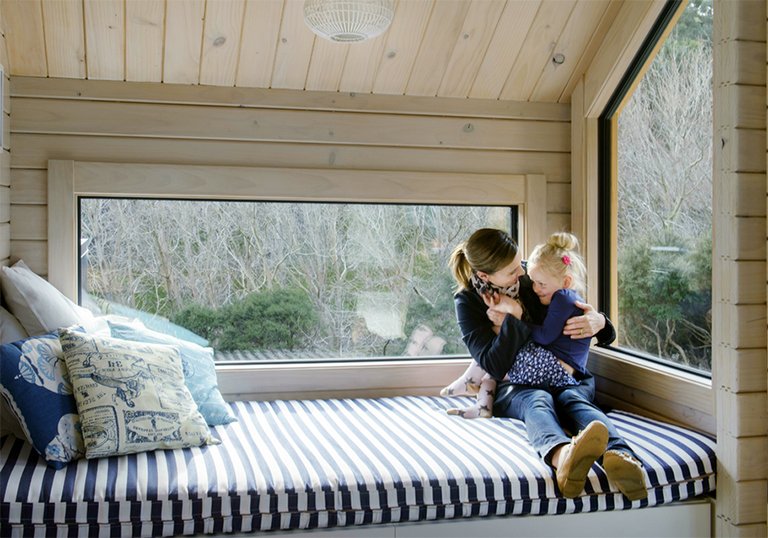
As we have seen in this research paper, a home built using sustainable principles will not only be better for the environment, it will also be healthier and more comfortable to live in than a home built as cheaply as possible with little thought to design and material use.
Passive design is an important cornerstone of sustainable building and covers many elements including: the layout of your home and orientation of your home on its building site; the size, placement and type of windows used; insulation; thermal mass; shading; and ventilation. Each of these elements works with the other elements to enable you to minimise energy use by maximising the benefits of free, renewable sources of energy.
The other important considerations when building a sustainable home are choosing renewable building materials and non-toxic products; selecting energy and water-saving appliances and fittings; and recycling water where possible.
While building a sustainable home may cost a little more up front, it will cost less to run and maintain over its lifetime, reducing the burden of energy bills on the homeowners at the same time as reducing the burden on the planet.

